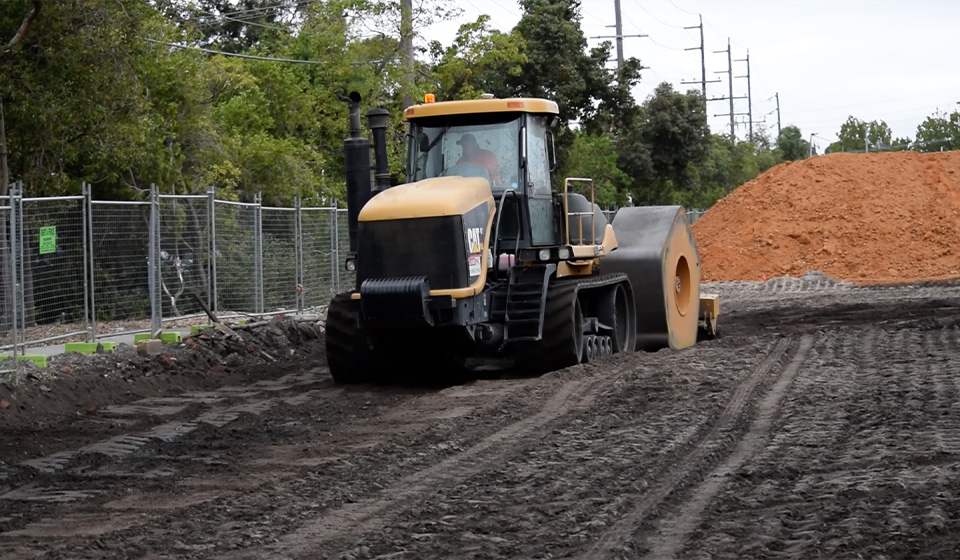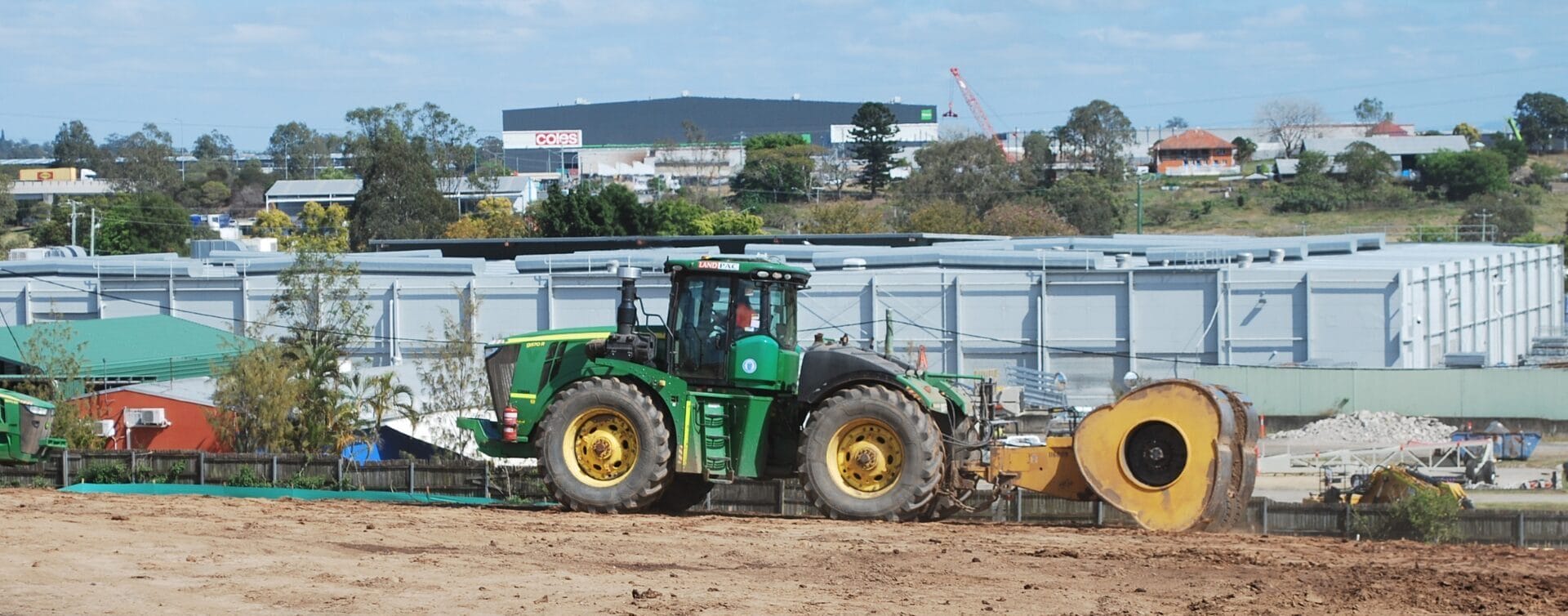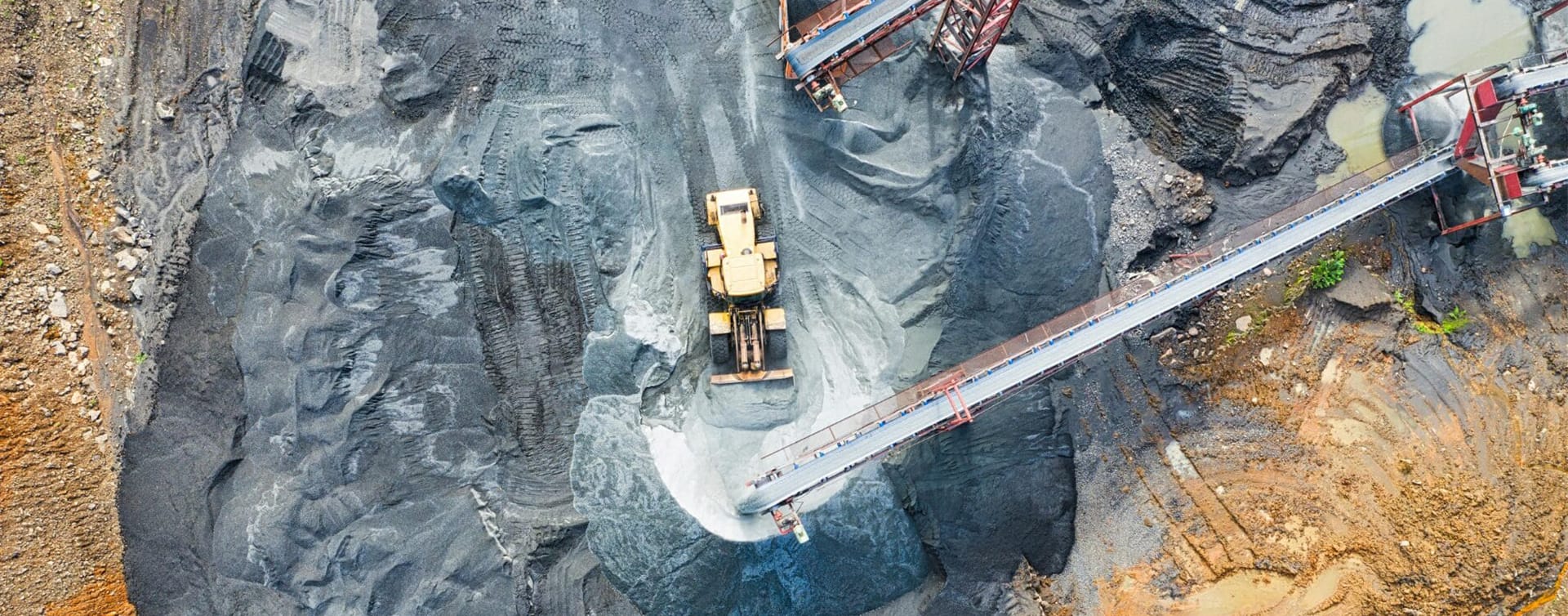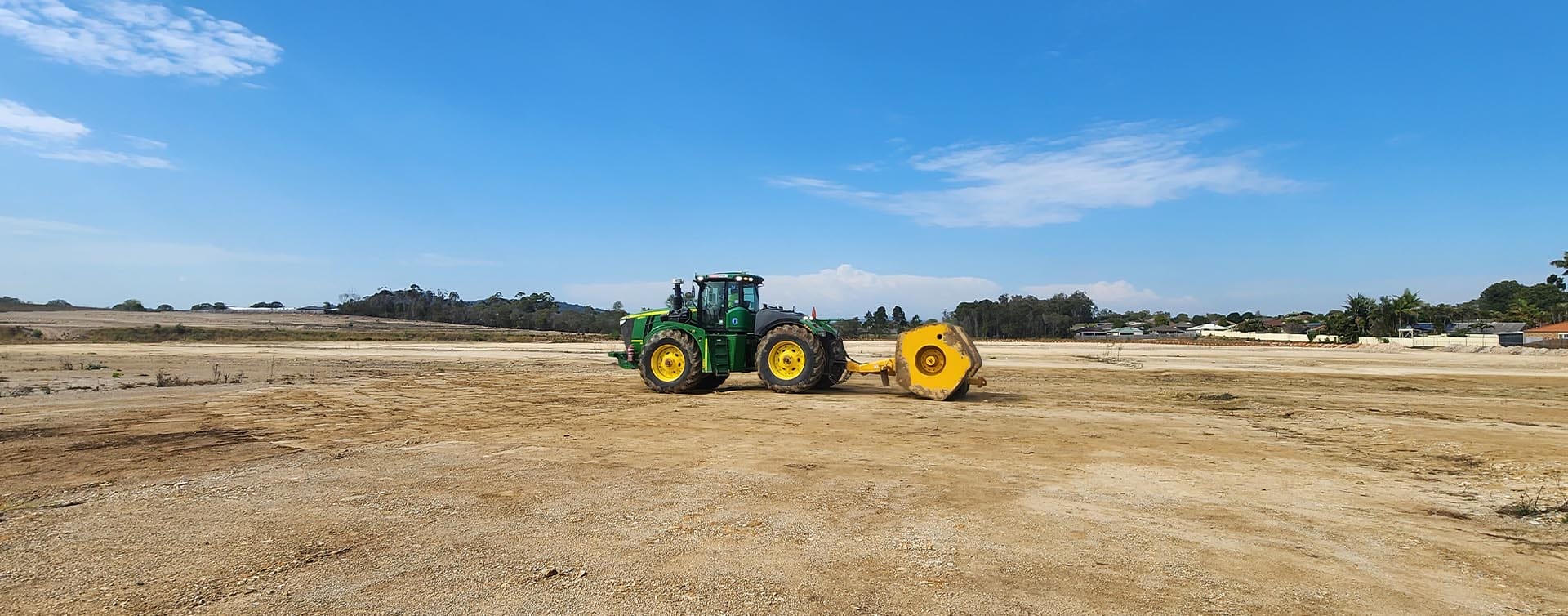Deleterious Material Sites with HEIC
The Challenge of Deleterious Materials in Construction
Construction and civil engineering projects often encounter sites laden with deleterious materials. These substances, ranging from heavy metals and hydrocarbons to radioactive elements, pose significant environmental and health hazards. However, the need for the effective utilisation and rehabilitation of such sites is critical. In this context, High Energy Impact Compaction (HEIC) offered by Landpac emerges as a crucial solution.

HEIC: A Ground Improvement Solution
HEIC is a technique that significantly enhances soil engineering properties by delivering high-energy impacts, thereby increasing soil density and its load-bearing capacity. This is especially beneficial in areas plagued with deleterious materials.
Containment and Stabilisation
One primary concern with deleterious materials is their containment. HEIC plays a pivotal role here, compacting the soil to form a denser barrier. This compaction is instrumental in halting the spread of contaminants, safeguarding the surrounding environment.
Site Rehabilitation
Rehabilitating sites with harmful substances often involves overlaying them with clean soil. HEIC ensures effective compaction of these cover materials, providing a stable barrier against contaminants.
Infrastructure Development
Developing infrastructure on contaminated sites necessitates a focus on ground stability. HEIC enhances soil stability, offering a sturdy foundation for construction and reducing settlement risks.
Landfill Construction
For landfills storing deleterious materials, preventing leachate contamination is crucial. HEIC aids in the effective compaction of landfill liners and covers, ensuring a secure and efficient landfill design.
Brownfield Redevelopment
Redeveloping industrial or brownfield sites, often containing deleterious materials, requires meticulous ground improvement. HEIC improves soil load-bearing capacity and stability, facilitating safer construction.
Advantages of HEIC in Handling Deleterious Materials
HEIC offers numerous benefits in managing sites with harmful substances. Its efficiency surpasses traditional compaction methods, providing extensive compaction swiftly and cost-effectively. Moreover, the enhanced degree of compaction is vital for containing contaminants and ensuring structural support.
Health, Safety, and Environmental Responsibility
Enhancing soil stability with HEIC contributes to environmental safety, limiting the spread of harmful substances. This approach aligns with environmental regulations and promotes safer working conditions.
Confronting the challenges posed by deleterious materials in construction demands a robust and efficient approach. Landpac’s High Energy Impact Compaction offers a viable solution, enhancing soil properties to manage associated risks effectively. This technique enables safer, sustainable development, addressing the complexities of working with contaminated sites.
Contain contaminants with ease
Some materials are too hazardous to unearth, risking wider contamination if disturbed. These materials are also costly to remove. High energy impact compaction (HEIC) contains contaminated waste securely, deep beneath the surface so it doesn’t delay construction or harm the surrounding environment. Get in touch to find out more.
Latest news

Uncontrolled vs Contaminated Fill | Why It Matters
Understand the difference between uncontrolled and contaminated fill, the risks of each, and how Landpac’s HEIC method delivers safe, stable ground.

High-Energy Impact Compaction in Australian Mining
From haul roads in WA to tailings dams in QLD, High-Energy Impact Compaction (HEIC) is reshaping ground improvement across Australia’s mining operations. Backed by Intelligent Compaction Measurement (ICM), HEIC delivers faster, deeper, and more reliable results, boosting safety, sustainability, and cost-efficiency in some of mining’s toughest conditions.

Understanding High Energy Impact Compaction (HEIC)
High Energy Impact Compaction (HEIC) revolutionises ground improvement with its ability to achieve superior soil density and stability. Unlike traditional methods, HEIC uses advanced rollers and compaction technology to penetrate deeper soil layers.
